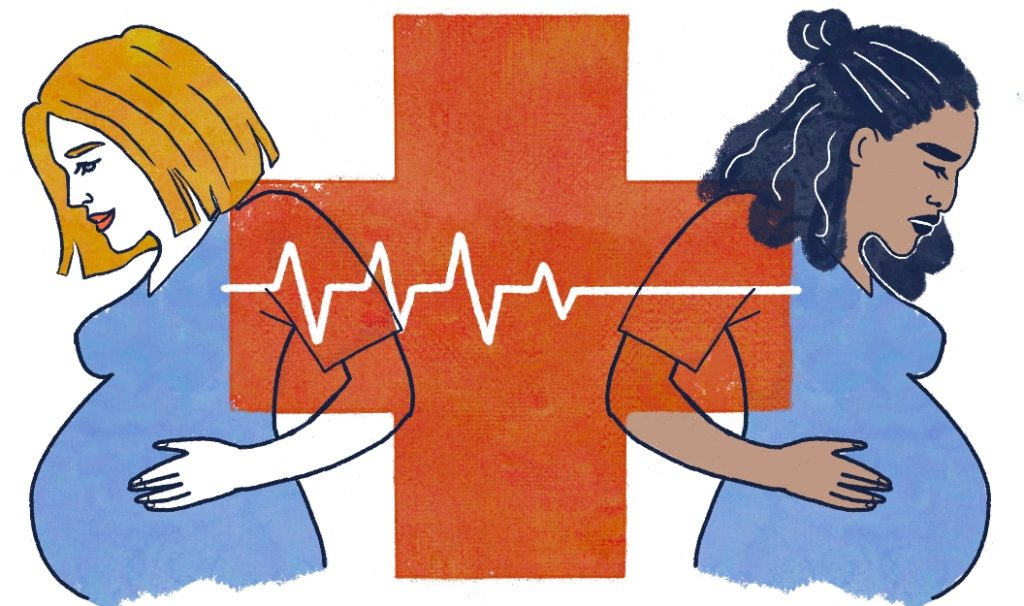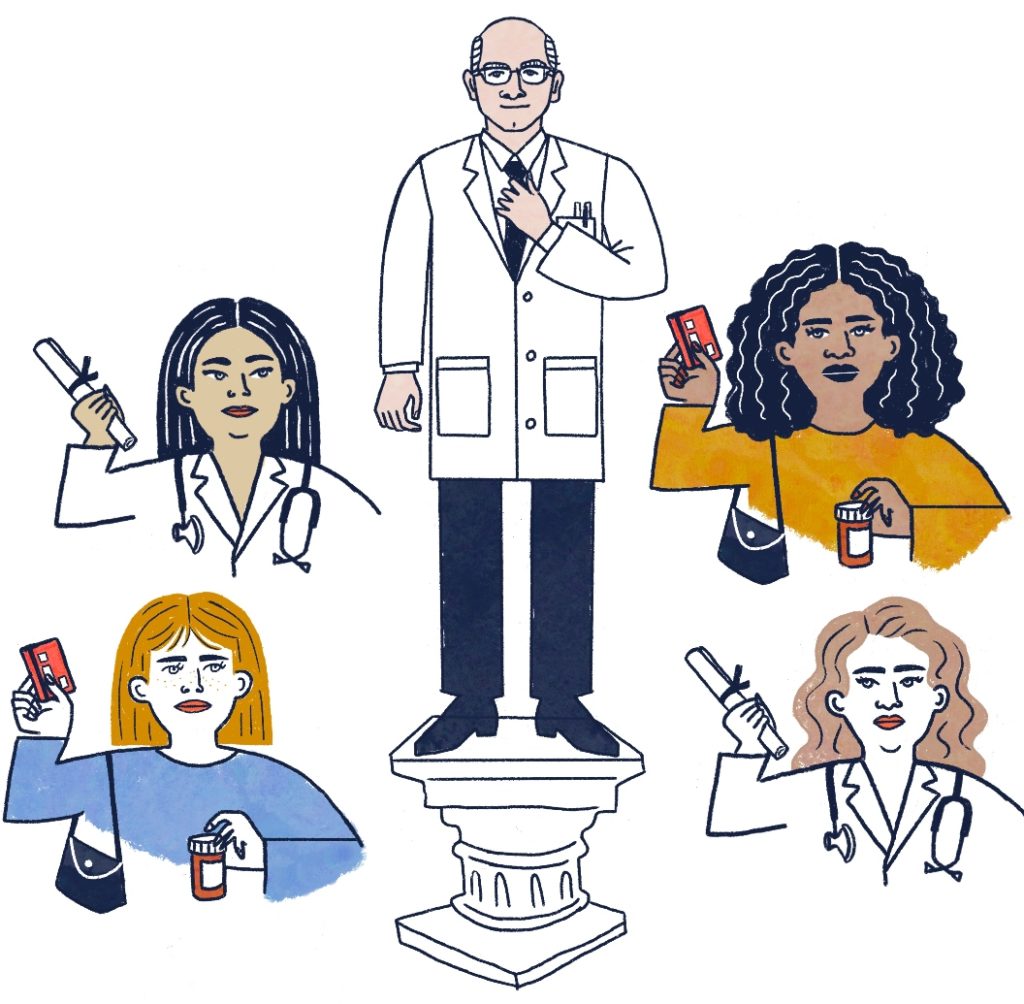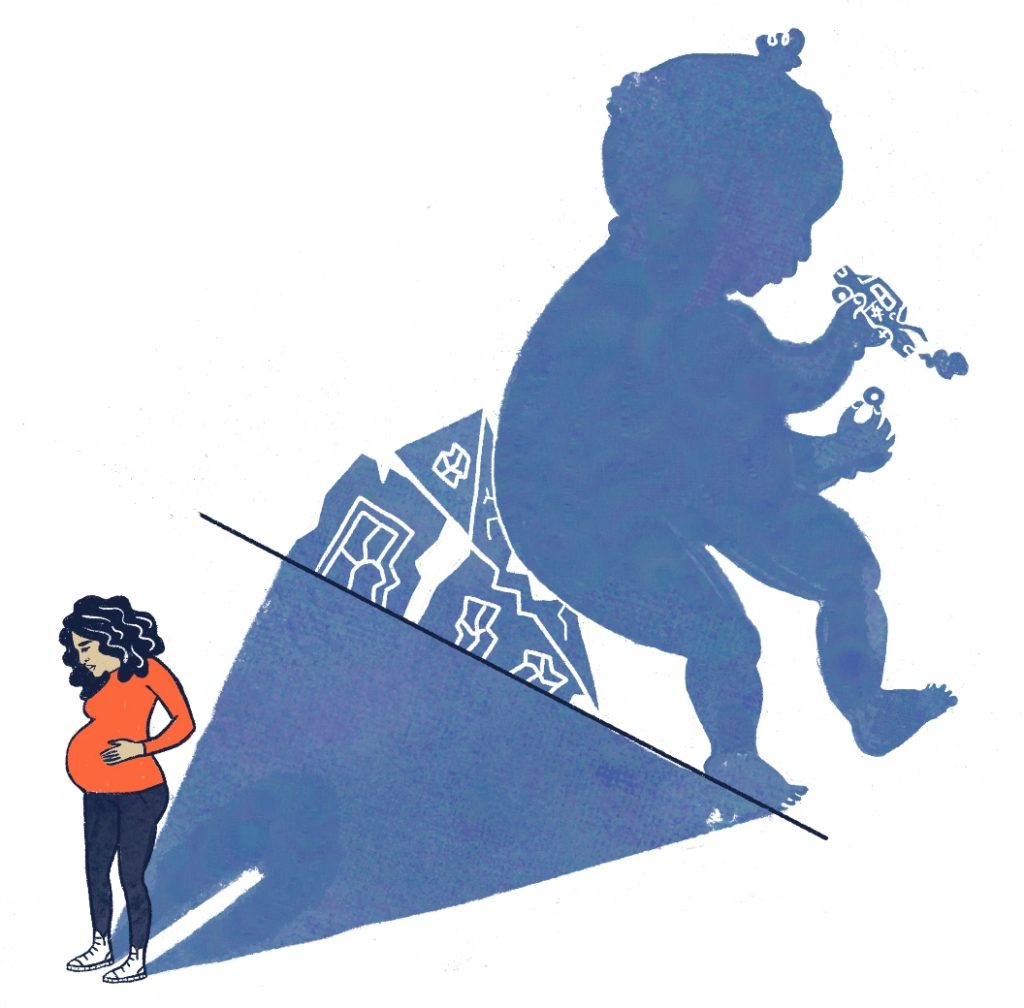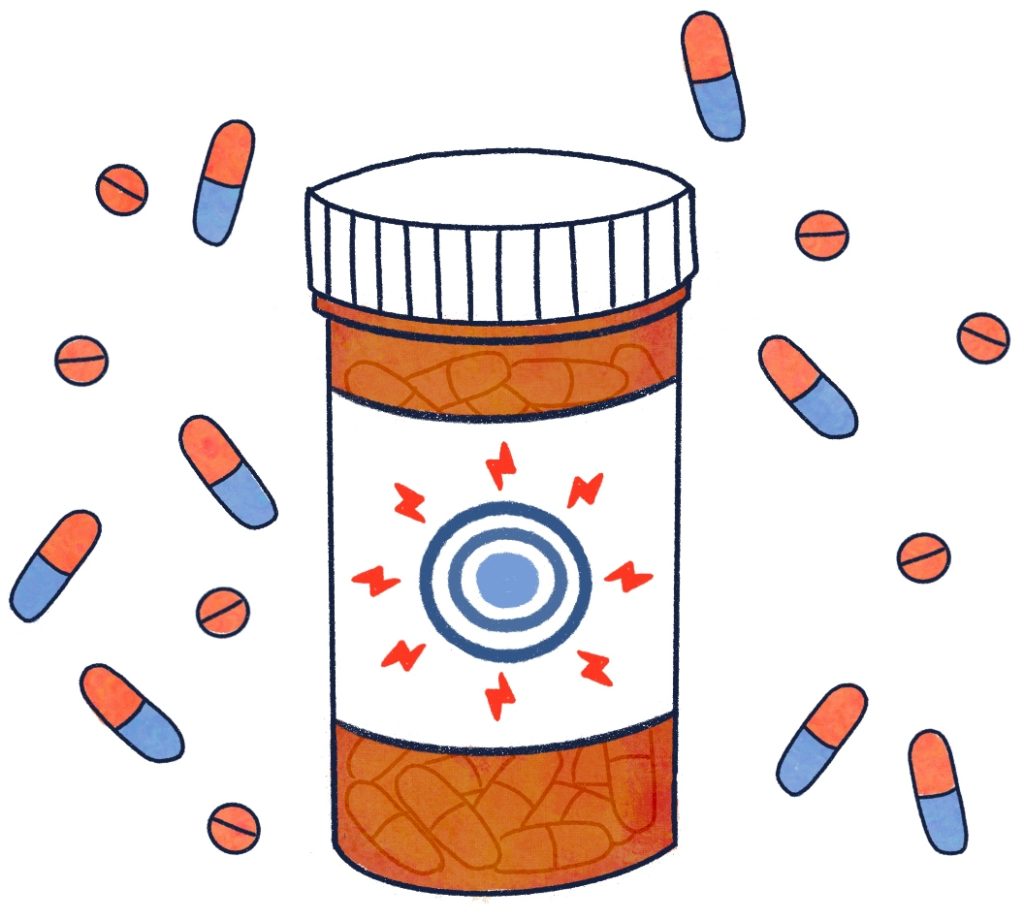The gap in health care quality is dangerous, especially for BIPOC women.

700
According to the CDC, 700 women in the United States die each year from pregnancy-related complications. BIPOC women are at two to three times greater risk than white women. Several factors contribute to this imbalance: lack of quality health care, structural racism, implicit bias as well as underlying medical conditions often resulting from the three previous factors. It is estimated that about half of pregnancy-related deaths are preventable.

80%
Last year, Fortune Magazine estimated that women control more than 80% of health care spending in the United States. They spend more on health care both on an individual level and as the primary caretakers of their families. Women now represent the majority of medical school students yet are rarely represented in leadership positions, accounting for only 3% of chief medical officers and 6% of department chairs.

$12,880
NBC News recently reported on the lifelong consequences of not receiving abortion care. Reports estimate that nearly half of those seeking abortions live below the federal poverty level—$12,880 a year for a single-person household. When people carried out unwanted pregnancies, they were more likely to experience bankruptcies and evictions. They also struggled with necessities like food, housing and transportation.

47%
Genentech conducted a national survey consisting of 2,200 patients. The study found that 47% of medically disenfranchised individuals discontinued their medical care because they believed their health care provider did not understand them or did not want to help them. Medically disenfranchised refers to individuals who suffer from lack of access whether through location, language, disability, being uninsured or other factors.

16
A University of Pennsylvania study found that women waited 16 minutes longer than men to receive pain medication when visiting an emergency room. Doctors and nurses also prescribe less pain medication to women than men even though women report pain more frequently and at higher levels.

